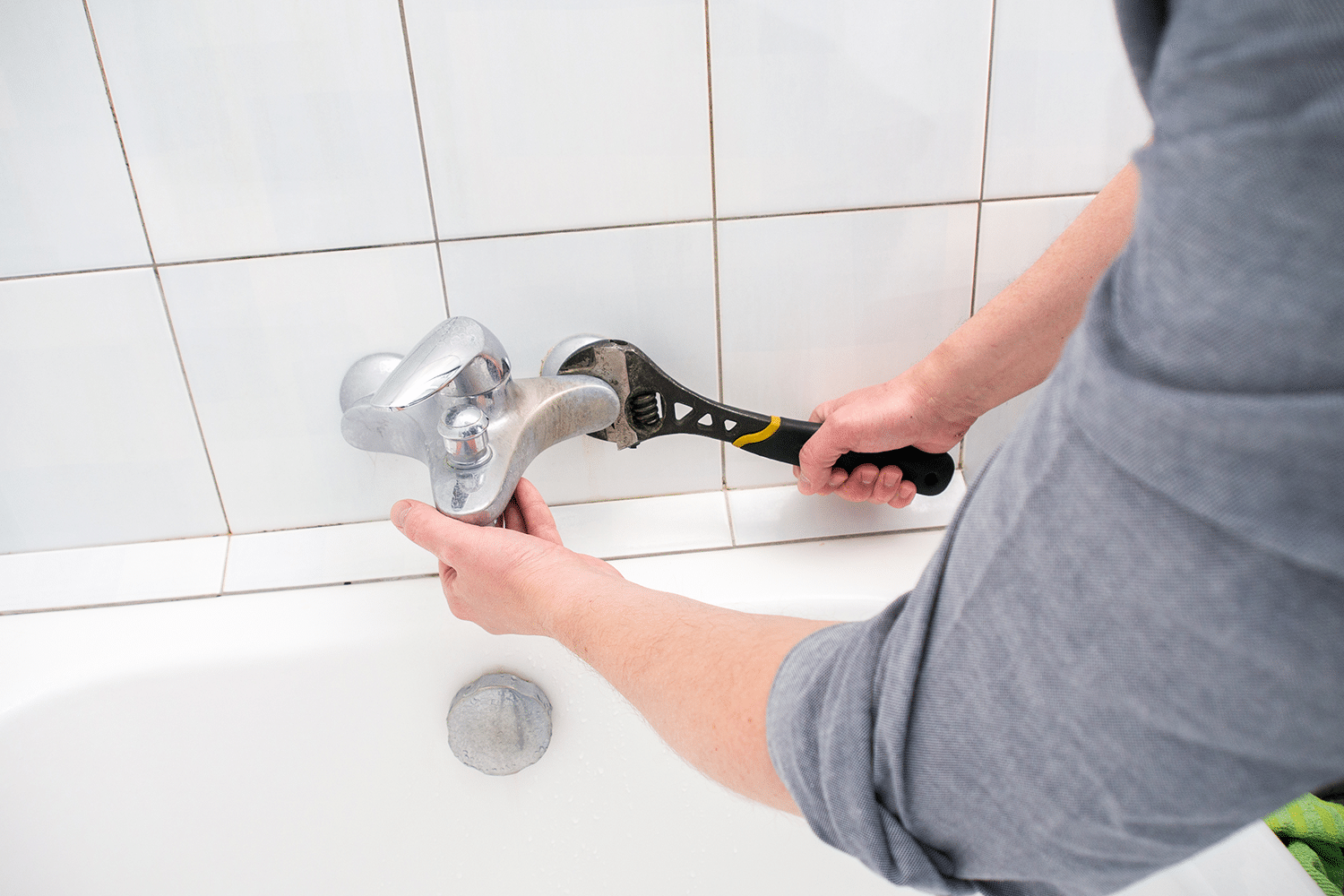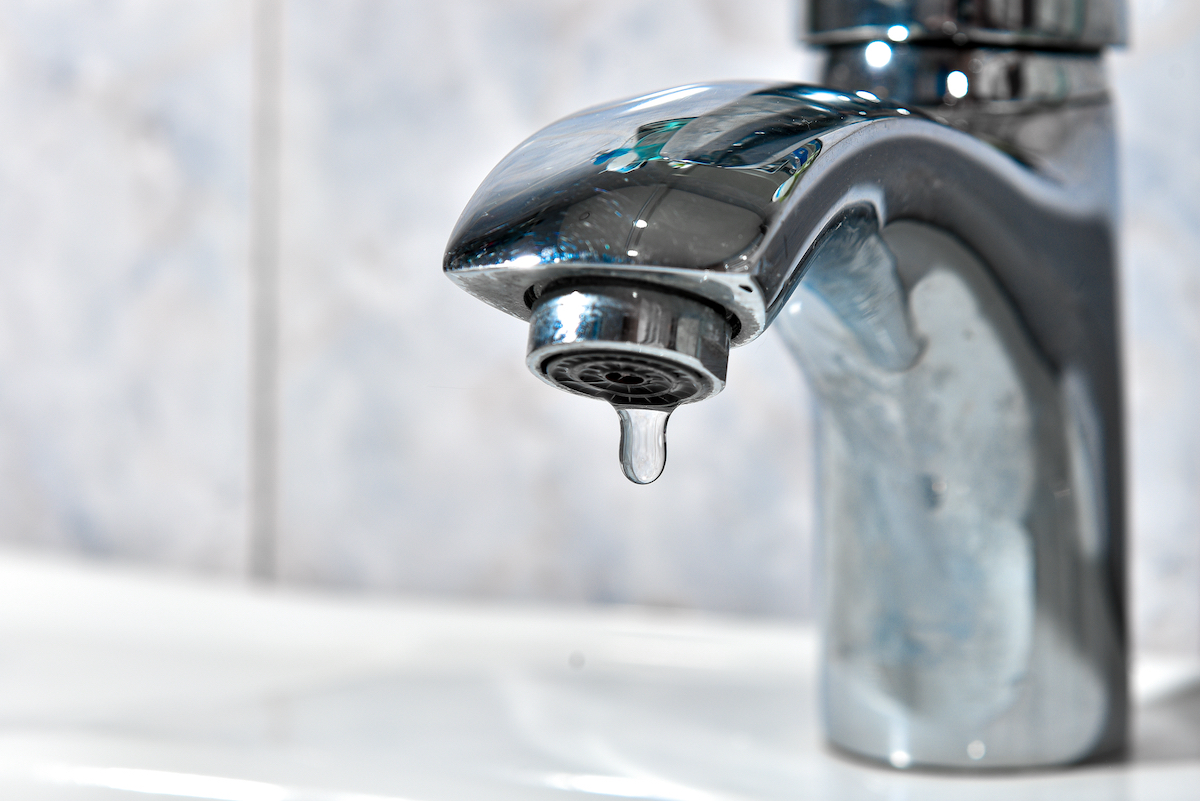Discovering the Importance of Fixing a Broken Faucet
Call TodayThey are making several good pointers related to How to Fix a Dripping or Leaky Faucet as a whole in this article beneath.

Leaking taps might appear like a small hassle, however their influence goes beyond just the inconvenience of the noise. From wasting water to incurring unnecessary financial costs and health dangers, neglecting a dripping faucet can lead to various effects. In this write-up, we'll explore why it's crucial to address this usual house problem quickly and effectively.
Wastefulness of Water
Ecological Impact
Leaking faucets add substantially to water wastage. According to the Epa (EPA), a single tap dripping at one drip per secondly can squander greater than 3,000 gallons of water annually. This not just strains water sources but likewise affects ecological communities and wildlife based on them.
Step-by-Step Overview to Repairing a Dripping Tap
Devices Required
Before trying to fix a leaking tap, collect the necessary tools, consisting of an adjustable wrench, screwdrivers, substitute components (such as washing machines or cartridges), and plumber's tape.
Usual Tap Issues and Their Solutions
Determine the type of tap and the specific issue triggering the drip. Typical issues consist of damaged washing machines, rusty shutoff seats, or faulty O-rings. Refer to manufacturer instructions or online tutorials for step-by-step guidance on repair work.
Financial Costs
Increased Water Bills
Past the ecological effect, leaking faucets can blow up water costs significantly. The built up wastage with time converts into greater utility expenditures, which might have been avoided with prompt repair services.
Potential Home Damage
Additionally, prolonged trickling can result in harm to fixtures and surface areas surrounding the tap. Water accumulation can create staining, deterioration, and even structural concerns if left unattended, leading to added repair work expenses.
Wellness Issues
Mold And Mildew and Mold Development
The constant visibility of dampness from a dripping faucet produces an excellent environment for mold and mildew growth. These fungis not just endanger interior air top quality yet additionally pose health and wellness dangers, especially for individuals with breathing conditions or allergies.
Waterborne Diseases
Stagnant water in dripping taps can come to be a breeding place for microorganisms and various other microorganisms, enhancing the risk of waterborne diseases. Contaminants such as Legionella microorganisms prosper in stagnant water, possibly bring about severe diseases when consumed or breathed in.
DIY vs. Specialist Repair service
Benefits and drawbacks of DIY Fixing
While some might attempt to deal with a leaking tap themselves, DIY fixings come with their very own set of difficulties. Without correct expertise and devices, DIY attempts can worsen the issue or bring about insufficient fixings, lengthening the issue.
Benefits of Hiring a Specialist Plumber
Hiring a professional plumber guarantees that the underlying root cause of the leaking tap is resolved effectively. Plumbing professionals have the knowledge and devices to identify and repair faucet problems effectively, saving time and reducing the danger of additional damage.
Environmental Responsibility
Private Contribution to Conservation
Taking responsibility for fixing trickling taps lines up with broader efforts towards water preservation and environmental sustainability. Every person's activities collectively make a significant influence on maintaining valuable sources.
Lasting Living Practices
By focusing on prompt fixings and embracing water-saving habits, people contribute to lasting living practices that profit both present and future generations.
Safety nets
Regular Upkeep Tips
To stop leaking taps, perform regular upkeep such as cleansing aerators, inspecting for leakages, and changing worn-out parts without delay. Furthermore, think about mounting water-saving devices or upgrading to a lot more reliable fixtures.
Significance of Prompt Fixes
Resolving dripping faucets as soon as they're discovered prevents further water wastefulness and prospective damages, inevitably conserving both water and cash in the future.
Influence On Residential Or Commercial Property Value
Perception of Well-Maintained Home
Preserving a residential property in good condition, consisting of dealing with maintenance concerns like trickling taps, improves its perceived worth and charm among potential customers or renters.
Influence on Resale Worth
Qualities with well-maintained plumbing components, including taps, command higher resale worths in the realty market. Dealing with trickling faucets can add to a positive impact during building evaluations and arrangements.
Conclusion
Attending to a trickling faucet exceeds simple benefit; it's a crucial action toward preserving water, reducing economic prices, and securing health and wellness and home. Whether through DIY repairs or expert help, doing something about it to fix leaking faucets is a little yet impactful method to advertise accountable stewardship of sources and add to a healthier, a lot more lasting future.
How to Fix a Dripping or Leaky Faucet
A leaking faucet is one of the most common problems that homeowners encounter, but it being commonplace doesn’t make it any less annoying. The constant drip drip drip of a leaking bathtub faucet, showerhead, or sink tap can disturb your home’s serenity. Left neglected, a dripping faucet can also result in higher water bills and discoloration or mold growth in your sink or plumbing fixtures.
Fortunately, you don’t have to be a trained plumber to know how to stop a dripping faucet. With some basic tools, replacement parts, and a little patience, leaky faucet repair is a breeze. In this article, we’ll explain what causes dripping faucets and how you can fix them.
What Causes a Leaking Faucet?
Kitchen and bathroom faucets come in all manner of designs, but most involve some combination of valves, O-rings, seals, and washers. The O-ring is usually the weakest link, but any one of these pieces can wear down over time. Heat, moisture, temperature fluctuations, minerals, mold, and movement can contribute to warping and corrosion, breaking the watertight seal. This just comes with the territory of being a homeowner. Everything is always subject to wear and tear, and some component parts of your appliances and fixtures need to be replaced on occasion. At least replacement O-rings are cheap!
More rarely, dripping faucets can be a symptom of excessively high water pressure. Were this the case in your home, you would probably notice that the leak is not isolated to one faucet. Water pressure issues are harder to resolve on your own. We recommend contacting a professional plumber if you suspect your water pressure is too high.
How to Fix a Dripping Faucet
Pipe wrench or monkey wrench Allen wrench set Screwdrivers Old towel or rag Shut off the water.
Before you do anything, you need to turn off the water to keep from drenching your kitchen or bathroom. You should find a valve under the sink and against the wall. Once you’ve turned this valve, try turning the faucet on to confirm that the water source has been cut off.
If you can’t locate your local valve for the faucet you’re working on, you can always shut off the water to the house at the main valve. Of course, this will prohibit anyone from using the sinks, showers, or toilets while you’re working on the faucet that’s giving you trouble.
Plug or block the drain.
You’ll be disassembling the faucet and removing some small bits of hardware. Plug the drain with a stopper or rag to avoid the possibility of a small screw falling into your P-trap.
Take apart the faucet assembly.
There are several varieties of kitchen and bathroom faucets, each with its own manner of assembly. For detailed instructions on how to disassemble your faucet, you can refer to the fixture’s manual or contact the manufacturer. If you know whether you have a ball, disc, cartridge, or compression faucet, you can find detailed schematics online.
In general, you need to begin by removing the faucet handles. You might notice a small screw that you’ll need to remove with a screwdriver or Allen wrench. If you don’t see any visible securing hardware, it’s likely hidden under a decorative cap that can be unscrewed or popped off with flathead screwdriver.
Remove each piece methodically, consulting a schematic when necessary. Take notes or arrange the pieces in such a way to make it easier to correctly reassemble the faucet later.
Remove the cartridge.
Once you’ve removed the handles and securing hardware, you should be able to remove the valve cartridge or stem. Some cartridges will slide right out. Other faucet models will require you to loosen a nut with a pipe wrench before you can remove the valve stem.
Examine the exposed hardware.
With the cartridge or stem removed, inspect the component parts. Check the rubber O-rings for wear and tear. Also examine the seat washer for corrosion or other damage. These pieces are usually the responsible parties for a dripping faucet, but it’s worth inspecting the other component parts while you have the faucet disassembled.
Find replacement parts.
Once you’ve identified which faucet component has failed, find an identical replacement. Your local hardware store should have O-rings, seat washers, and other standard components in stock. If you have a luxury or uncommon faucet, you may have to contact the manufacturer for a replacement part.
It’s a good idea to take your old parts with you to the hardware store so you can compare them with the store’s inventory and be sure you’re purchasing the correct replacement.
Reassemble the faucet.
With your new parts in hand, reconstruct the faucet and handles. Don’t be tempted to overtighten screws or nuts. You might think this could create a better seal, but it can instead damage or bend a delicate part of the assembly and create a new problem for you.
Turn on the water and test the faucet.
The only thing left to do is test your work. Unplug the sink, turn the water back on, and try the faucet. Congratulate yourself on a job well done!
https://www.libertyhomeguard.com/how-to-fix-a-dripping-or-leaky-faucet/

Do you appreciate more info about 4 Common Reasons for a Leaky Faucet? Place a comment down below. We would be delighted to listen to your opinions about this page. In hopes to see you back again in the near future. Sharing is nice. Helping people is fun. Thank you for your time. Come back soon.